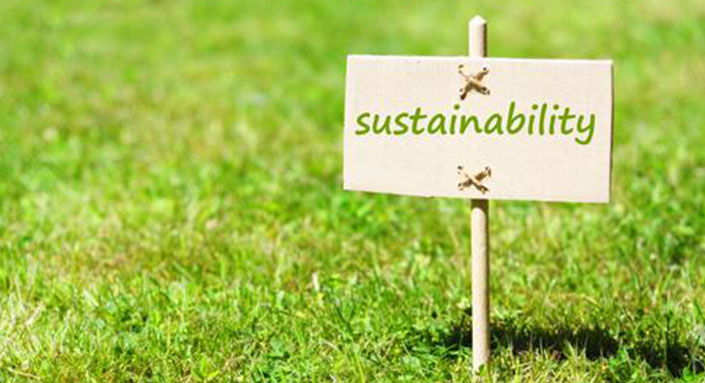Source: Fibre2Fashion
Gone are the days when sustainable clothing was shapeless, foggy, and drab-colored.
Available in a broad range of super-stylish designs, bright colors, and fun fabric prints, eco-clothing has stepped into prime time, and is on its way to gaining a firm foothold in the industry.
But, there's more to it. Clothing brands, in today's time, are keen to build trust in their products by becoming more environmentally and ethically conscious. They are focusing on style as much as sustainability.
Wondering, what's causing this spurt in the popularity of sustainable clothing?
Here are the top three reasons responsible for the rising demand for sustainable textile products.
1. Enhanced Awareness
About 75 percent millennials are turning away from fast fashion. Millennials are, in fact, acting as the driving force behind the green clothing revolution. They are willing to pay more for products that come from businesses that are making efforts towards sustainability.
73 percent consumers feel the need to be responsible for contributing towards sustainability.
87 percent employees are willing to take a pay cut if it means their company makes socially-conscious choices.
The aforementioned figures paint a bright future for the sustainable clothing industry. More people are looking for ways on ethical living and seeking more sustainable alternatives.
Highly visible campaigns such as Fashion Revolution are helping consumers understand the significance of ethical fashion, thereby inspiring them to drive a transformation in the fashion industry. What started as a mere hashtag campaign turned into 2015's number one trending campaign on Twitter, with 64 million users.
2. Reduced Carbon Footprint and Water Wastage
Aren't we all familiar with how fast fashion has outsize environmental impacts?
Besides requiring a massive quantity of water and chemicals, the fast-clothing-production system emits a substantial amount of greenhouse gases.It takes about one-third of a pound of chemicals to produce enough cotton for one t-shirt. On the other hand, it requires roughly 20,000 liters of water to produce a single t-shirt and a pair of jeans.
Opting for organic fibers such as bamboo, hemp, linen, and organic wool, among others can help reduce the environmental footprint. What's more? It can also help trim the number of chemicals in one's life.


